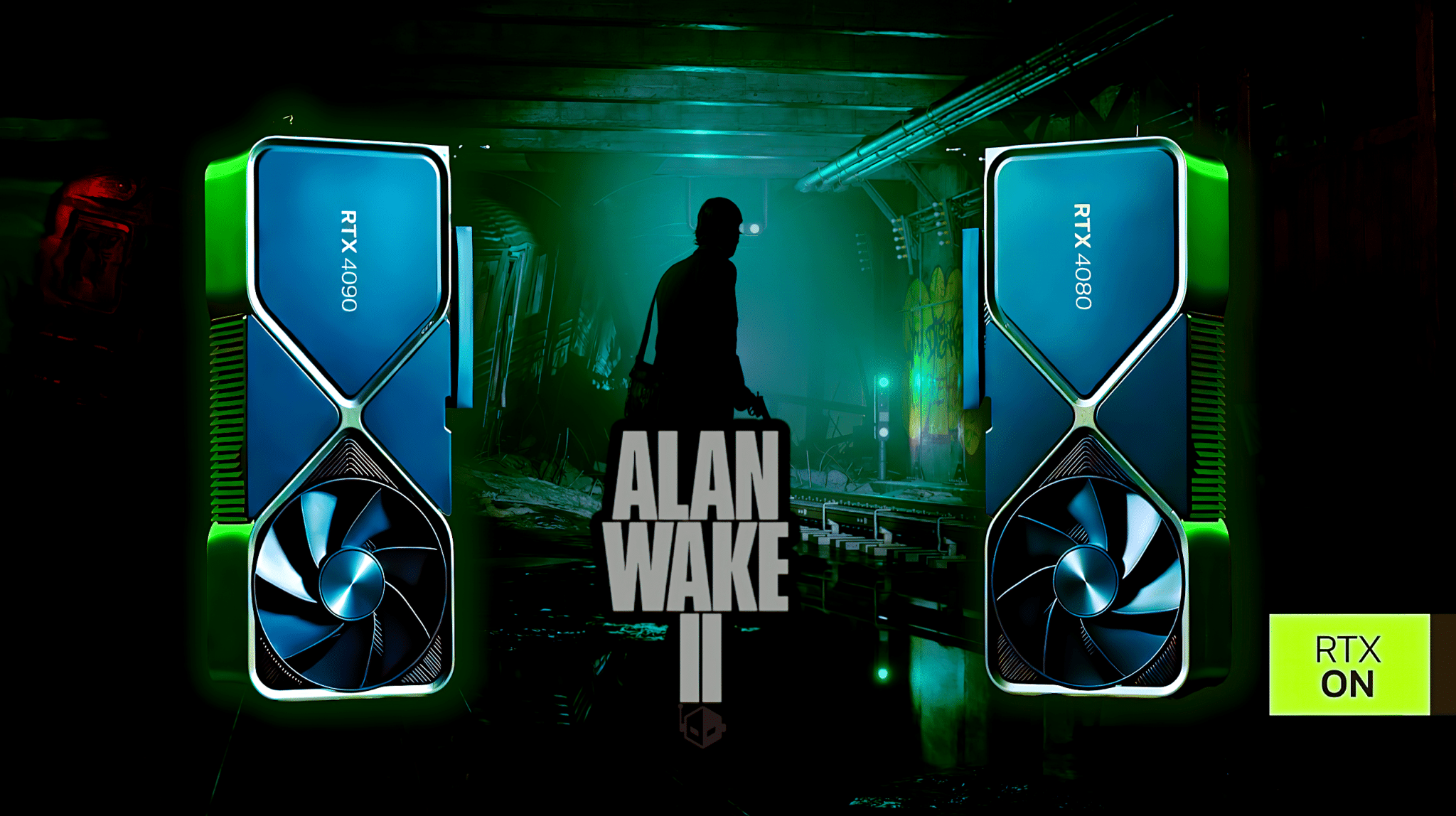Some of the sequences in the trailer look eerily real. The clips from the game Alan Wake 2 show the possibilities of DLSS 3.5 to the full extent. The game will be released on October 27 and will be one of the first games to support Ray Reconstruction.
What does DLSS 3.5 do and why does it make the game look better?
DLSS 3.5 is Nvidia’s name for a whole set of features that you can set on your graphics card.
This includes ray tracing and AI-supported ray reconstruction, for example. But one after the other:
Raytracing is a technology that calculates the light in your games as realistically as possible. In concrete terms, this means that the graphics card can, for example, display light reflections in puddles or let light from hidden sources shine around street corners.
It therefore calculates visible and invisible light sources. This results in a particularly real-looking game environment.
Ray Reconstruction is a feature that was implemented with DLSS 3.5. It represents a kind of further development of ray tracing. The goal of this feature is to show lighting effects in more detail.
is a kind of ray tracing.
To make this possible, an AI is used. This helps your GPU to calculate missing details from previous images. So the AI intervenes and artificially adds the missing details in the new images.
Ray tracing and ray reconstruction thus serve to make your gaming experience as immersive as possible. This is also evident in the trailer, which shows you reflections in a glass bakery counter, for example.
Another DLSS 3.5 feature in the video: Frame Generation
At the end of the video, the Frame Generation feature is also shown. Here, too, an AI takes hold and invents artificial intermediate images. You can imagine it like this: Your graphics card spits out 30 frames per second. The AI recognizes a pattern and inserts its own artificial images between these images.
This increases the number of frames per second shown on your screens, making the game less jerky for your eyes. The more frames, the smoother the game feels.
Caution: This feature only applies to RTX 40 series graphics cards. Older models are excluded.


